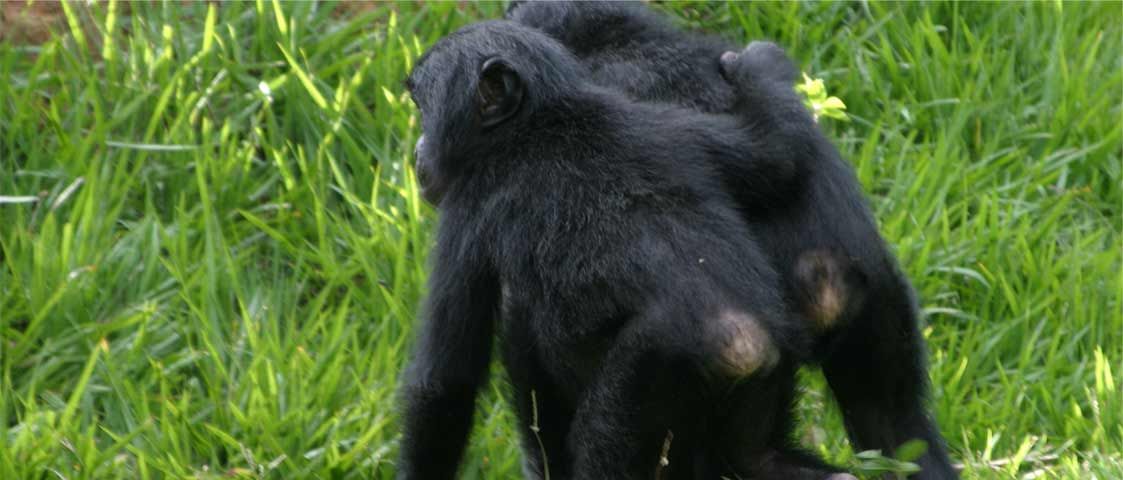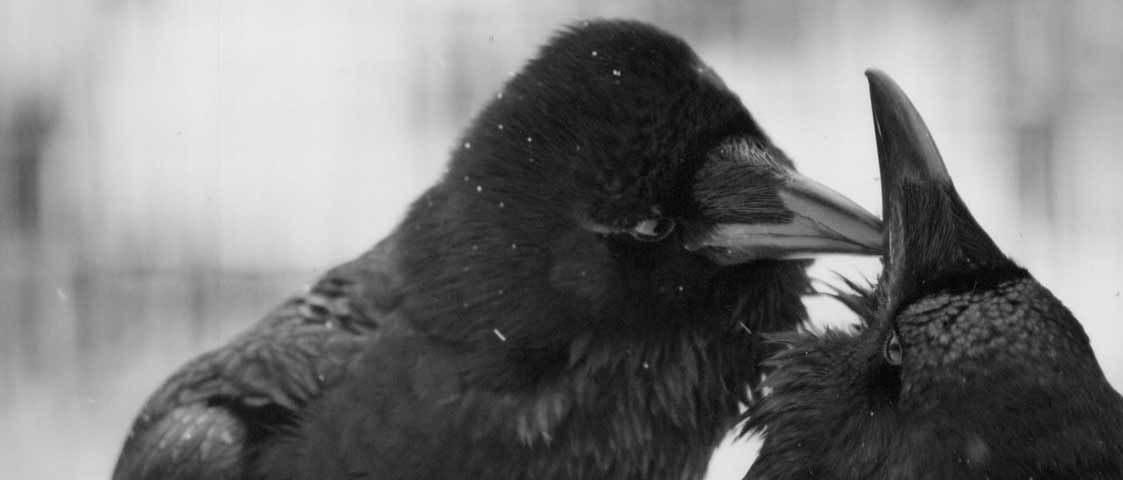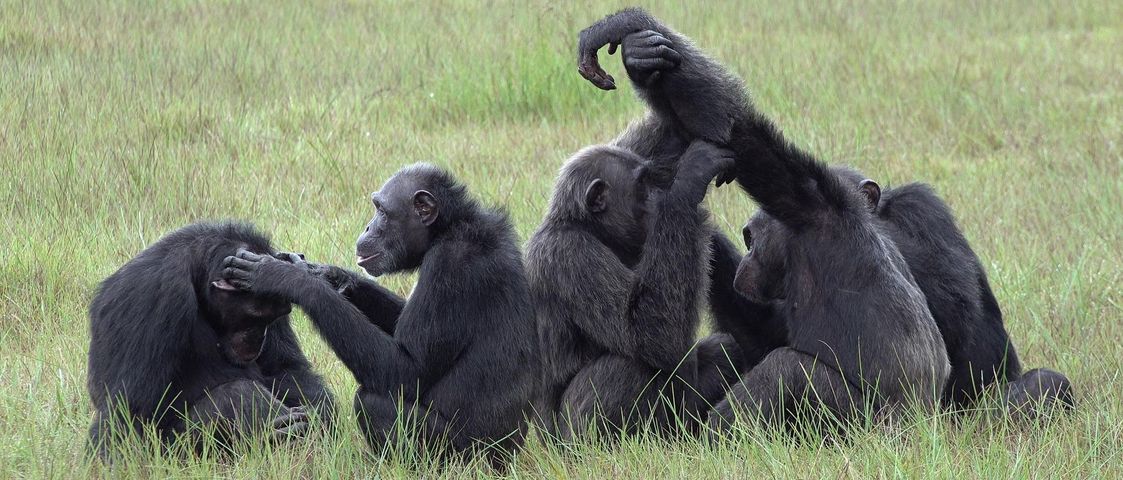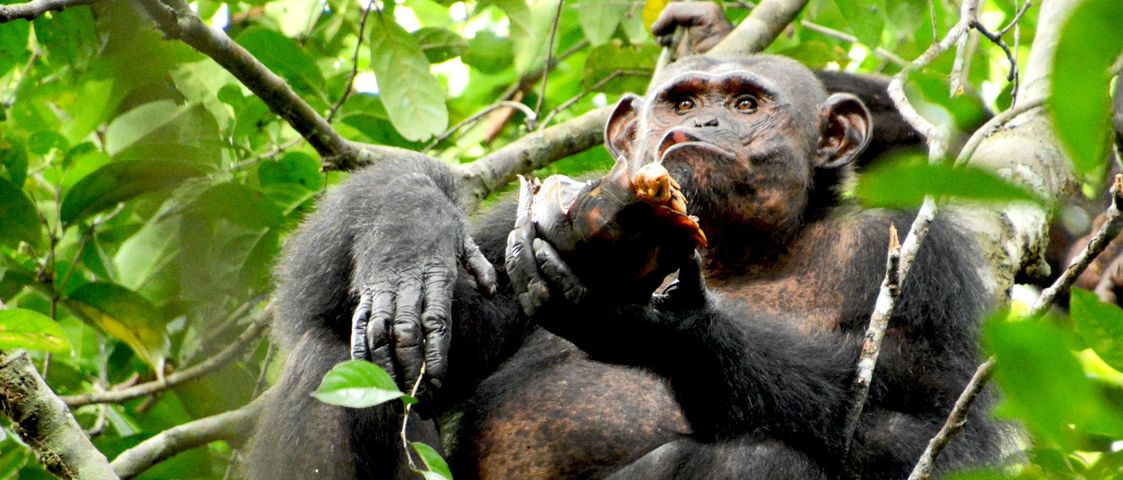“Turn-taking is […] a prominent type of social organization, one whose instances are implicated in a wide range of other activities”
(Sacks, Schegloff and Jefferson, 1974, p. 696).
The Turn-taking project
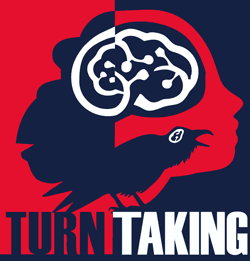
Human language is underpinned by a universal infrastructure — cooperative turn-taking — which has been suggested as an ancient mechanism bridging the existing gap between the articulate human species and its inarticulate primate cousins.
However, we know remarkably little about turn-taking systems of non-human animals, and methodological confounds have often prevented meaningful cross-species comparison.
The 'missing' link in language evolution?
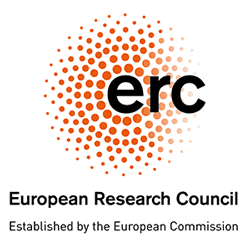
The project 'Taking turns: The ‘missing’ link in language evolution?' funded by an ERC-Consolidator Grant of the EU will provide the first rigorous test of whether cooperative turn-taking is uniquely human, ancestral in the primate lineage, or evolved independently in different species.
It will identify which hallmarks of human turn-taking are shared across different primate species, and which key components of relationship quality act upon turn-taking skills.
Medical cognition
Tackling diversity of behaviors and involved cognitive abilities
Medical practices are deeply rooted in human history and culture with first evidence possibly dating back to Middle Paleolithic hominins. The variety of organic matter utilized is huge, ranging from plants, plant material, to insects and animal matter for prophylactic and therapeutic purposes.
Medical practices involve self-medicative behaviors, where individuals ingest or apply things that make them feel better and prevent diseases, but also cooperative, altruistic-medical behaviors, whereby helpers receive no immediate benefits and individuals helped are non-related. They have been implicated with highly complex cognitive skills such as social learning, conscious decision-making, future planning, and empathy, a cognitive tool-kit referred to medical cognition.
The ManyMedications database aims to connect researchers interested in self-and-other-medicative behaviors in animals with a special focus on medical cognition, wound care, use of external matter (e.g., plants, animals, soil) and accompanying social behaviors. For more information please click here.


